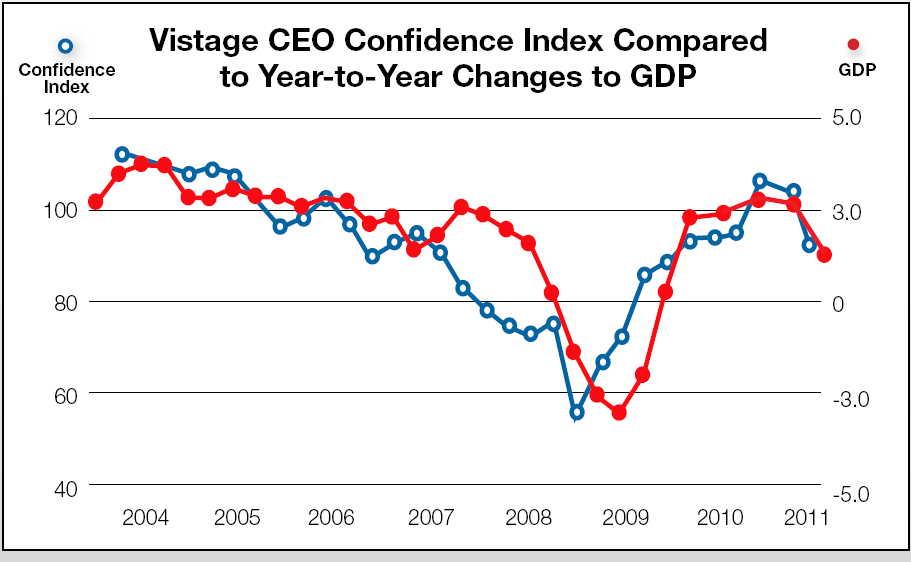 As discussed in last week’s blog, there is a difference between management and leadership. Leadership is “doing the right things” and focusing on the big picture certainly falls into this category. That said, when leaders focus solely on vision and strategy and not on execution, put simply, nothing gets done.
As discussed in last week’s blog, there is a difference between management and leadership. Leadership is “doing the right things” and focusing on the big picture certainly falls into this category. That said, when leaders focus solely on vision and strategy and not on execution, put simply, nothing gets done.
Successful leaders know that they must set a vision so there is a destination that their team can rally around.
Once the vision is defined, setting a business strategy to achieve the vision provides guidance for evaluating opportunities. With a strategy in place, we can ask the questions:
- Is this opportunity consistent with our strategy?
- If not, AND there is a reason to do it anyway, what do we need to adjust in our strategy?
The final step is goals and action plans and a monitoring process to ensure results. It is this key step that is often missed and leads to failure. This is why Vistage members share their vision, strategy and goals and are accountable to each other for all three.
Robert Sutton, best selling author of Good Boss, Bad Boss, says it well:
“While managers are people who do things right and leaders are people who do the right thing, I argued this distinction was accurate but dangerous because it distorts how too many bosses–at all levels–view and do their work. It encourages bosses to see generating big and vague ideas as the important part of their jobs–and to treat implementation, or pesky details of any kind, as mere “management work” best done by “the little people.” Even if left unsaid, this distinction reflects how too many bosses think and act. They use it to avoid learning about people they lead, technologies their companies use, customers they serve, and numerous other crucial little things.”
For more from Robert Sutton, click here.

















 The initial results of my Pivot are excellent. I feel I have much greater clarity regarding the next 3-5 years..
The initial results of my Pivot are excellent. I feel I have much greater clarity regarding the next 3-5 years..  John Yerger
John Yerger